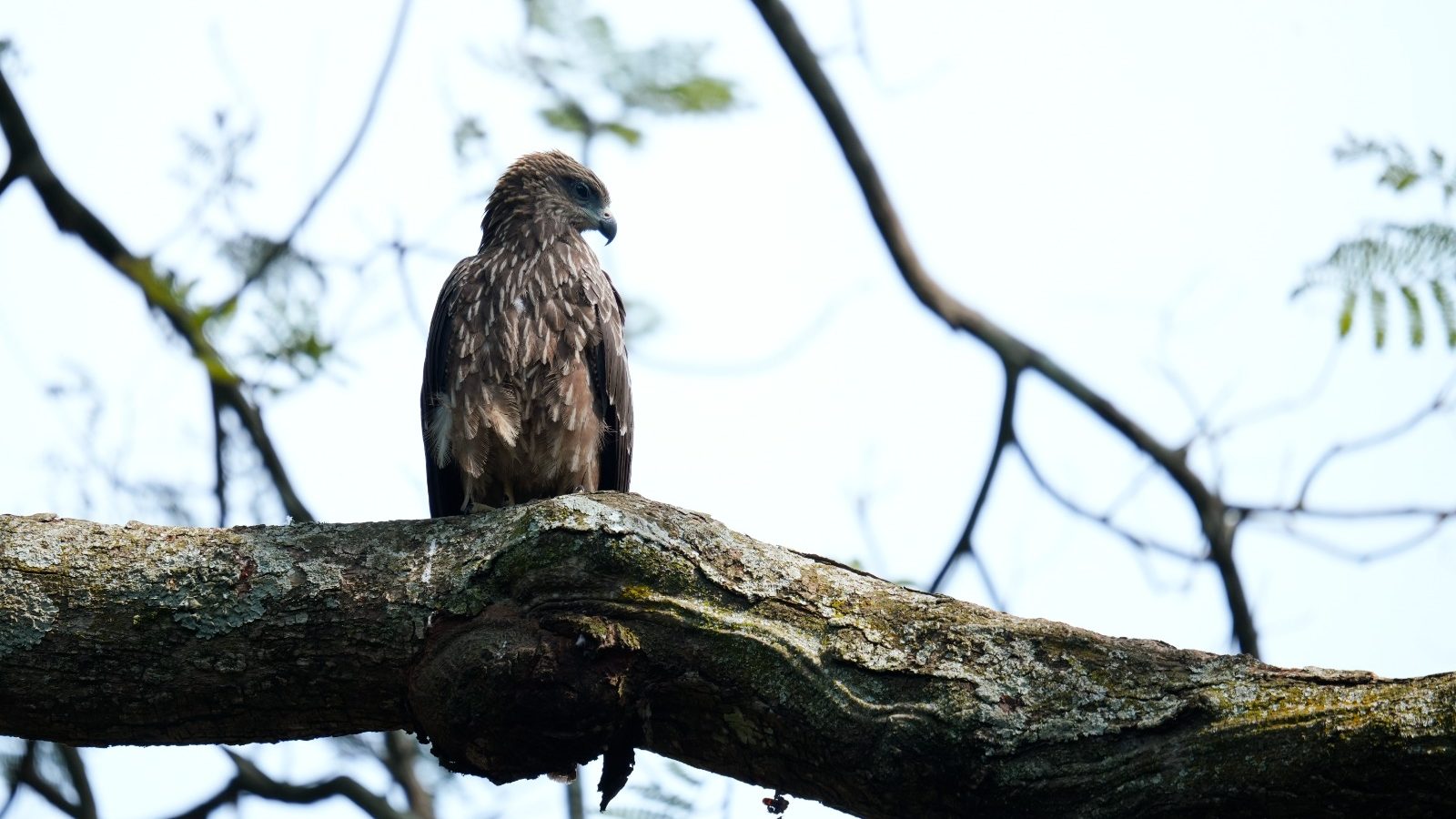Makar Sankranti, also known as Uttarayan, marks the onset of the harvest season as winter transitions to spring. This is a time of jubilation in many parts of India. One of the traditional activities during this festival is kite-flying, where several vibrant kites lift with the wind to fill up the sky. However, amidst the joyous revelry, a dark and perilous aspect lurks — the use of Chinese manjha in kites.
Kite-flying, in itself, is an innocuous activity that has deep cultural roots and brings communities together. The thrill of manoeuvring kites has been a cherished practice for ages. However, the introduction of Chinese manjha as the kite’s string has turned this age-old custom into a threat for avian species, causing dire consequences for them.
Chinese manjha is made of synthetic materials like nylon or glass-coated substances, posing significant danger to the urban wildlife. The sharpness of these strings is such that they can cut through flesh and bone of any living being, leading to fatal injuries. Birds, including rose-ringed parakeets, barn owls, black kites, eagles, and even crows and pigeons, often fall victim to these deadly strings during the festival of Makar Sankranti.
The wounds inflicted upon birds are gruesome. They are found with lacerations, wing injuries, bone fractures, as well as muscle and ligament tears. Birds caught in manjha that dangle from trees and wires are often stuck for days, causing them severe hypothermia and fluid loss. In cases like these, the birds are left with little to no chance of survival. The festival also leaves a trail of improperly discarded kite threads that become yet another hazard for birds, as they may carry these strings to build their nests. The incisory string is bound to harmfully entangle the bird and their offsprings as well.
The risks of Chinese manjha extend beyond the avian population. The strings, coated with powdered glass or metal, are injurious to human beings. Kite flyers and bystanders are not immune to the deep cuts that manjhas can make. Unaware pedestrians are also victims of gashes caused by kite strings hanging from pillars or posts as well. Not just people, the environment too suffers highly as these non-biodegradable synthetic threads contribute to pollution and do not decompose naturally.
In response to this growing crisis, the government has implemented laws prohibiting the production, storage, and use of Chinese manjha. Violation of these laws can result in penalties such as imprisonment and fines. However, despite these measures, the menace persists. The lax enforcement and a lack of public awareness contribute to the ongoing use of Chinese manjha, emphasising the need for more robust implementation and education among people.
During the time of this festival, Wildlife SOS works tirelessly to rescue and treat birds caught in the clutches of manjha. The NGO’s Rapid Response Unit, along with veterinary doctors, are well-trained to handle such cases with utmost caution. Operating in Delhi, Uttar Pradesh, and Gujarat, Wildlife SOS has been at the forefront of rescuing numerous distressed birds, providing them prompt attention and medical care.
In collaboration with the Gujarat Society For Prevention Of Cruelty To Animals (GSPCA), Wildlife SOS conducts awareness and rescue programmes in Gujarat, a state where the tradition of kite-flying is prominent. Since the festive celebration of Diwali began in 2023, over 40 birds, including pigeons, black kites, crows, parakeets, and owls have been rescued and treated by the team. Apart from this, Wildlife SOS also sets up bird treatment camps in collaboration with the Eco Rescuers Foundation, offering state-of-the-art facilities for medical attention of injured birds during Makar Sankranti, when kite-flying is most prevalent. The camps provided widespread awareness, which in turn led to over 200 wounded birds being treated in the past two years.
To amplify the impact and inculcate sensitivity amongst citizens, Wildlife SOS has also launched an awareness film titled Manjha Menace. This film serves as a crucial tool in educating the public about the severe impact of kite-flying on wildlife, particularly birds. By highlighting the perils of Chinese manjha, the film stresses upon the urgent need for responsible alternatives.
The Chinese manjha crisis underscores the pivotal role of both individuals and governments in protecting the environment and wildlife. It serves as a reminder of the direct and indirect impact human activities can have on the natural surroundings. While laws and fines are crucial, genuine behavioural and societal change is essential in overcoming this issue. Efforts towards more sustainable practices, better and structured execution of laws, and increased public awareness hold high potential to combat the hazard of Chinese manjha, enabling the avians to fly freely and safely.
Simple actions, such as avoiding the use of Chinese manjha and carefully removing any tangled or discarded strings from trees and rooftops, can save the lives of multiple birds. Informing organisations like Wildlife SOS about injured birds so that urgent medical attention can be given would be tremendously helpful for their survival and recovery. These steps, when collectively taken, can contribute significantly to mitigate the usage of these harsh strings.
To help us sustain our ongoing efforts to protect wildlife in urban landscapes, do consider making a donation.





